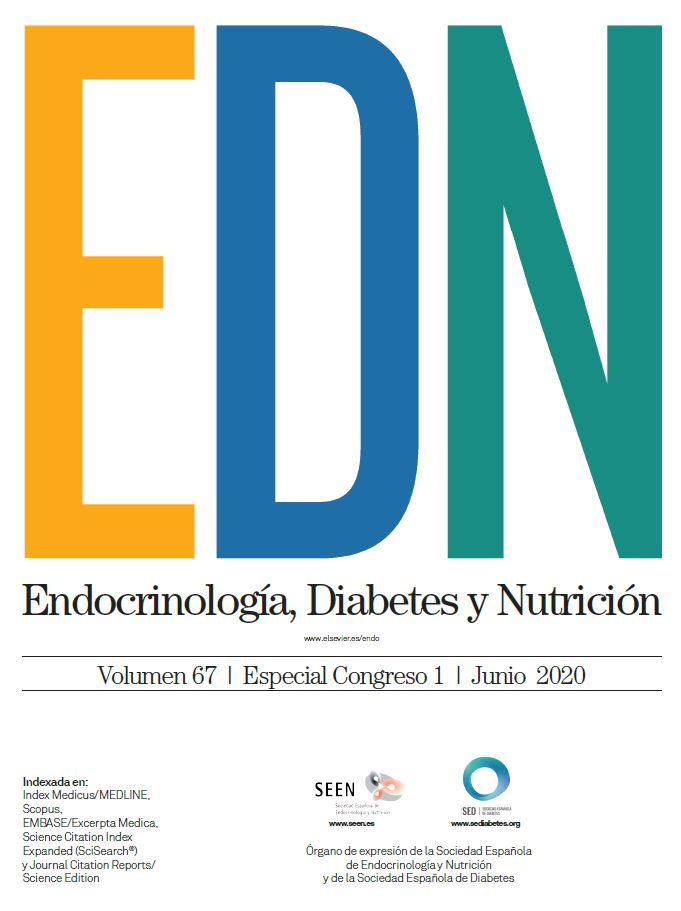P-100 - EXCESS ADIPOSITY AND INSULIN RESISTANCE RESULTS IN CARDIAC STEATOSIS AND HYPERTROPHY IN DIET-INDUCED OBESE MICE
aServei de Bioquímica, Hospital de la Santa Creu i Sant Pau, Barcelona. bInstitut de Recerca de l'Hospital de la Santa Creu i Sant Pau i Institut d'Investigació Biomèdica Sant Pau, IIB-Sant Pau, Departament de Bioquímica i Biologia Molecular, Universitat Autònoma de Barcelona, Barcelona. cCIBER de Diabetes y Enfermedades Metabólicas Asociadas, CIBERDEM, Madrid. dServei d'Endocrinologia, Hospital Universitari Germans Trias i Pujol, Badalona, Barcelona. eInstitut de Recerca de l'Hospital de la Santa Creu i Sant Pau i Institut d'Investigació Biomèdica Sant Pau, IIB-Sant Pau, CIBER de Enfermedades Cardiovasculares, CIBERCV, Barcelona. fInstitut de Recerca de l'Hospital de la Santa Creu i Sant Pau i Institut d'Investigació Biomèdica Sant Pau, IIB-Sant Pau, Departament de Bioquímica i Biologia Molecular, Universitat Autònoma de Barcelona, CIBER de Diabetes y Enfermedades Metabólicas Asociadas, CIBERDEM, Barcelona.
Introduction and objectives: Increased adiposity and insulin resistance are components of the metabolic syndrome and thus risk factors for cardiovascular disease (CVD) complications. Non-alcoholic fatty liver disease (NAFLD) is the most common chronic liver disease in developed countries and a common manifestation of metabolic syndrome. Recent data suggest that NAFLD may be strongly associated with cardiac dysfunction, independently of other CVD risk factors, including coronary artery disease and hypertension. Thus, we aimed at analyzing whether the cardiac function was impaired in a mouse model of diet-induced obesity and insulin resistance.
Material and methods: Non-obese, db/+ mice (on a C57BKS genetic background) were fed with a high-fat diet for 5 months and control group were fed with a regular diet. Gross parameters, biochemistry, and functional and structural of myocardium were determined at the end of the study.
Results: Mice were made obese with an hypercaloric diet. In addition to the concomitant increase in body weight (∼ 1.25-fold, p < 0.05) and adiposity (∼ 2.40-fold, p < 0.05), the obese mice showed a marked glucose intolerance and insulin resistance as compared to non-obese mice. However, the circulating concentrations of glucose were not elevated in obese mice. The plasma total or lipoprotein-associated lipid concentrations did not differ between groups. Consistently, lipoprotein analysis revealed that composition of lipoproteins was unchanged. Importantly, this phenotype was accompanied by an exacerbated ectopic accumulation of lipids in the liver and myocardium. Enhanced cardiac steatosis was accompanied by a significant increase in heart weight (∼ 1.92-fold, p < 0.05) and left ventricle hypertrophy (∼ 1.41-fold, p < 0.05) in the obese mice.
Conclusions: Increased cardiac steatosis along with cardiac hypertrophy in insulin-resistant, obese mice.







